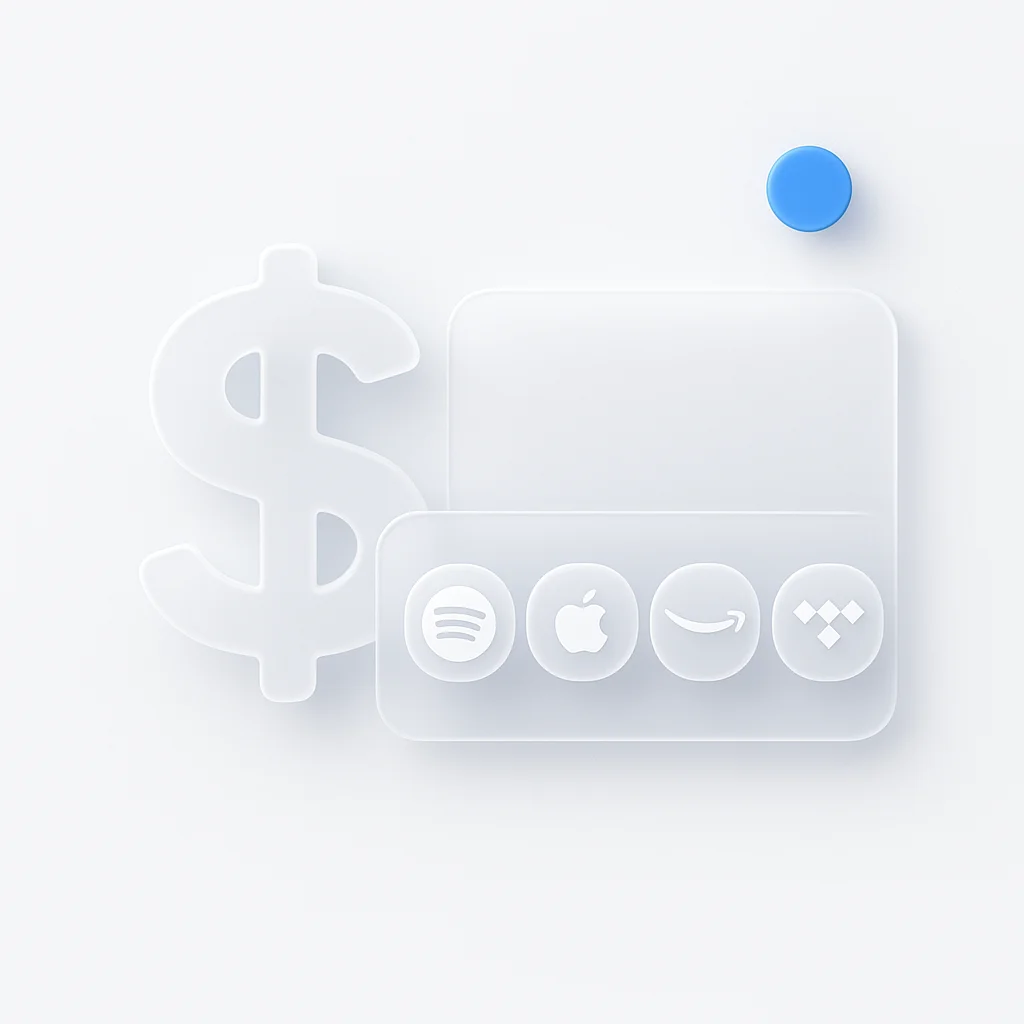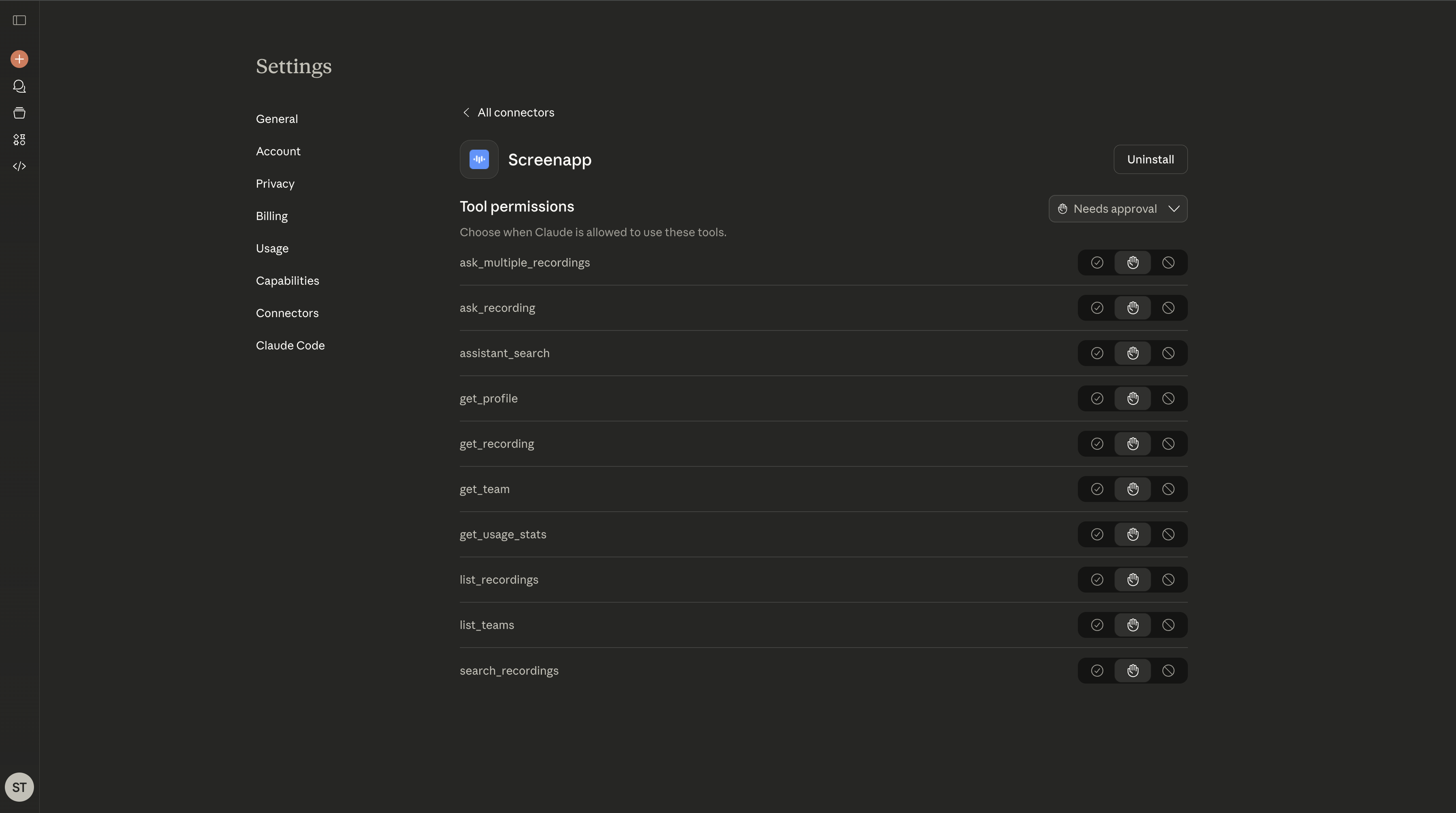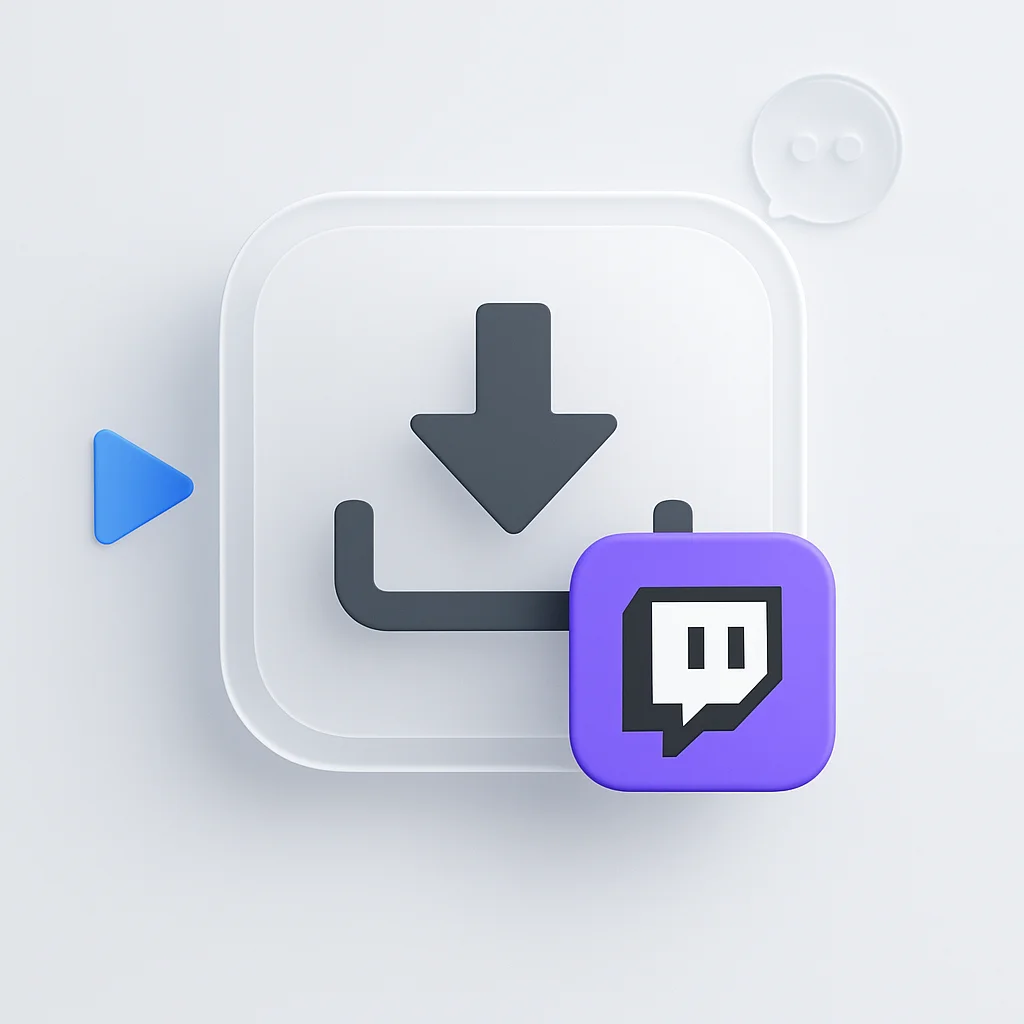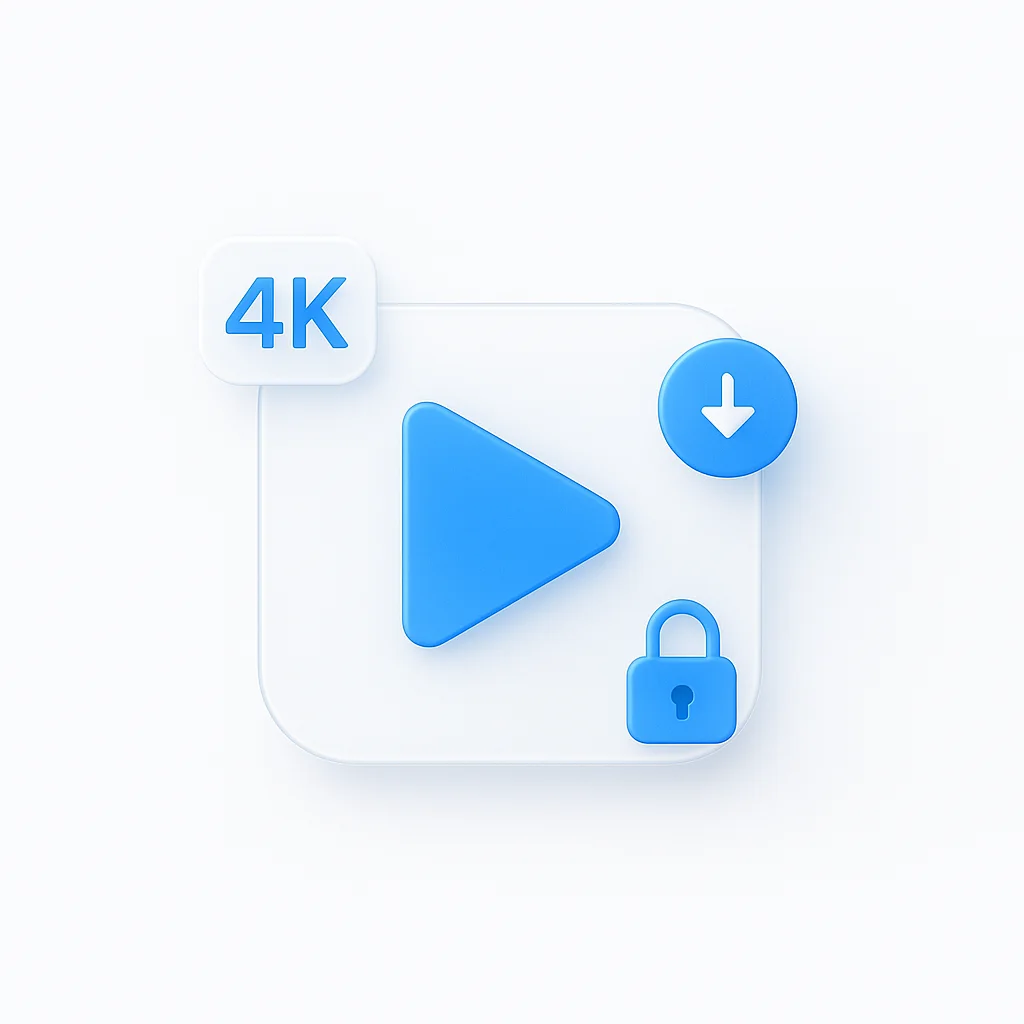Are artists being paid fairly in the age of streaming? The “pennies per stream” controversy has dominated music industry conversations for years, with artists, labels, and platforms locked in an ongoing debate about fair compensation. As streaming continues to reshape how music is consumed and monetized, understanding who pays artists more between Spotify, Apple Music, Amazon Music, and Tidal has never been more critical.
This definitive, data-driven guide for October 2025 breaks down exactly how much each major platform pays and, more importantly, why these numbers differ so dramatically. According to Billboard’s 2025 streaming royalties analysis, the gap between the highest and lowest paying platforms has widened, making platform choice increasingly important for both artists and conscious consumers.
Quick Answer: Ranking Platforms by Per-Stream Payout
| Rank | Platform | Per-Stream Rate | Key Factor |
|---|---|---|---|
1 |
Tidal | $0.01300 | Artist-centric model |
2 |
Apple Music | $0.01000 | No free tier |
3 |
Amazon Music | $0.00400 | Prime subscriber mix |
4 |
Spotify | $0.00300-$0.00500 | Large free tier |
The Pro-Rata System: How Payouts Actually Work
Before diving into platform comparisons, understanding the complex payout model is crucial. Most streaming platforms use what’s called the “pro-rata” or “pool” system.
The Big Pool of Money
All subscription fees and advertising revenue collected by the platform go into one giant pool. This includes money from every subscriber and every ad impression across the entire platform.
Dividing the Pie
The platform takes its cut (typically 30%), then divides the remaining pool by the total number of streams on the platform that month. This gives you the per-stream rate.
The Key Takeaway
Your subscription money doesn't go directly to the artists you listen to. It's divided among all artists based on their percentage of total plays across the entire platform.
Why This Matters: Platforms with free tiers have lower per-stream rates because ad revenue is significantly less than subscription revenue, diluting the overall pool value.
For content creators documenting their music journey or analyzing streaming data, screen recording tools can help capture analytics dashboards and create educational content about artist payouts.
Head-to-Head Comparison: Per-Stream Payout Rates (2025)
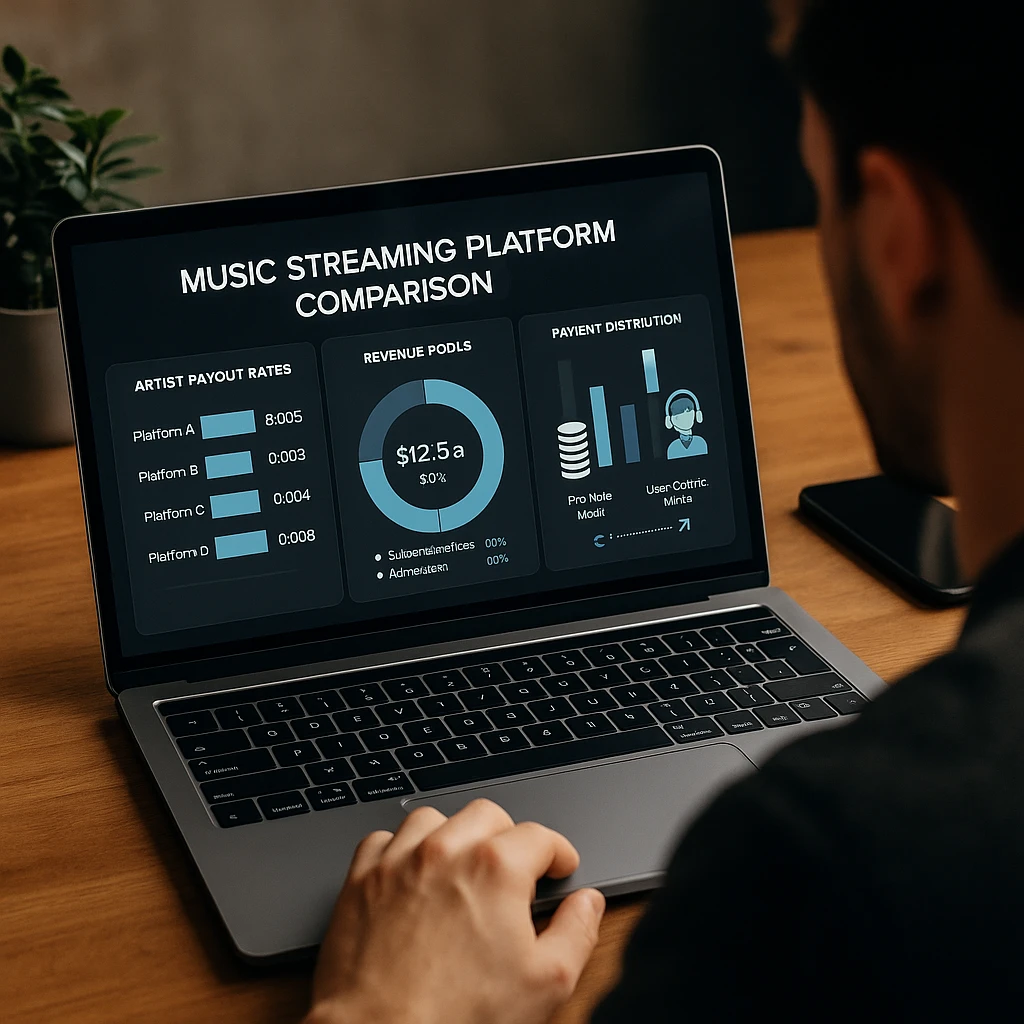
Tidal: The Artist-Centric Model
Highest per-stream rate with direct artist support initiatives
Why It Stands Out: Tidal pays approximately $0.013 per stream, making it the highest-paying major streaming platform. Founded by artists including Jay-Z, Tidal was built with artist compensation as a core value proposition.
Why Tidal Pays More:
Pros
- • Highest per-stream payout rate
- • Artist-founded and artist-focused mission
- • Superior audio quality (HiFi and Master Quality)
- • Exclusive content and early releases
Cons
- • Smallest user base means less total exposure
- • Limited discovery features compared to Spotify
- • Higher price point may limit audience growth
Best For
Artists with dedicated fanbases who value audio quality and ethical streaming. Ideal for genres like jazz, classical, and hip-hop where Tidal has strong editorial support.
Apple Music: The Power of No Free Tier
Second-highest payout with 100% premium subscribers
Why It Stands Out: Apple Music pays approximately $0.01 per stream, making it the second-highest paying major platform. The key differentiator is that every single listener is a paying subscriber.
Why Apple Music Pays Well:
Pros
- • Second-highest per-stream rate
- • Massive user base for exposure
- • Lossless audio at no extra cost
- • Strong editorial curation
Cons
- • Discovery algorithm less powerful than Spotify
- • Requires Apple device for best experience
- • No free tier limits audience reach
Best For
Established artists who want a balance between fair compensation and broad reach. Excellent for artists in the Apple ecosystem with fans who value audio quality.
Amazon Music: The Prime Effect
Middle-tier payout with mixed subscriber base
Why It Stands Out: Amazon Music pays approximately $0.004 per stream, placing it in the middle of the pack. The unique challenge is the mix of premium "Unlimited" subscribers and "free" Prime members.
The Prime Dilution Effect:
Pros
- • Large potential audience through Prime
- • HD and Ultra HD audio available
- • Alexa integration for discovery
- • Growing platform with investment
Cons
- • Middle-tier payout rate
- • Prime streams valued significantly lower
- • Less cultural impact than competitors
Best For
Artists looking for additional exposure through Amazon's ecosystem. Good supplementary platform but shouldn't be the primary focus for artist income.
Spotify: The Volume King
Lowest per-stream rate but massive reach and discovery power
Why It Stands Out: Spotify pays approximately $0.003-$0.005 per stream, making it the lowest-paying major platform. However, this tells only part of the story about **spotify artist pay**.
Why Spotify's Rate Is Lower:
Pros
- • Unmatched reach and exposure potential
- • Best-in-class discovery algorithm
- • Editorial playlist power
- • Free tier for audience building
- • Spotify for Artists analytics
Cons
- • Lowest per-stream payout rate
- • Free tier significantly dilutes revenue
- • Requires massive stream counts for income
- • Controversial minimum stream threshold
Best For
Emerging artists who need discovery and exposure. Essential for building an audience, but artists should encourage fans to support them on higher-paying platforms once established.
The Big Picture: Why Per-Stream Rate Isn’t the Whole Story
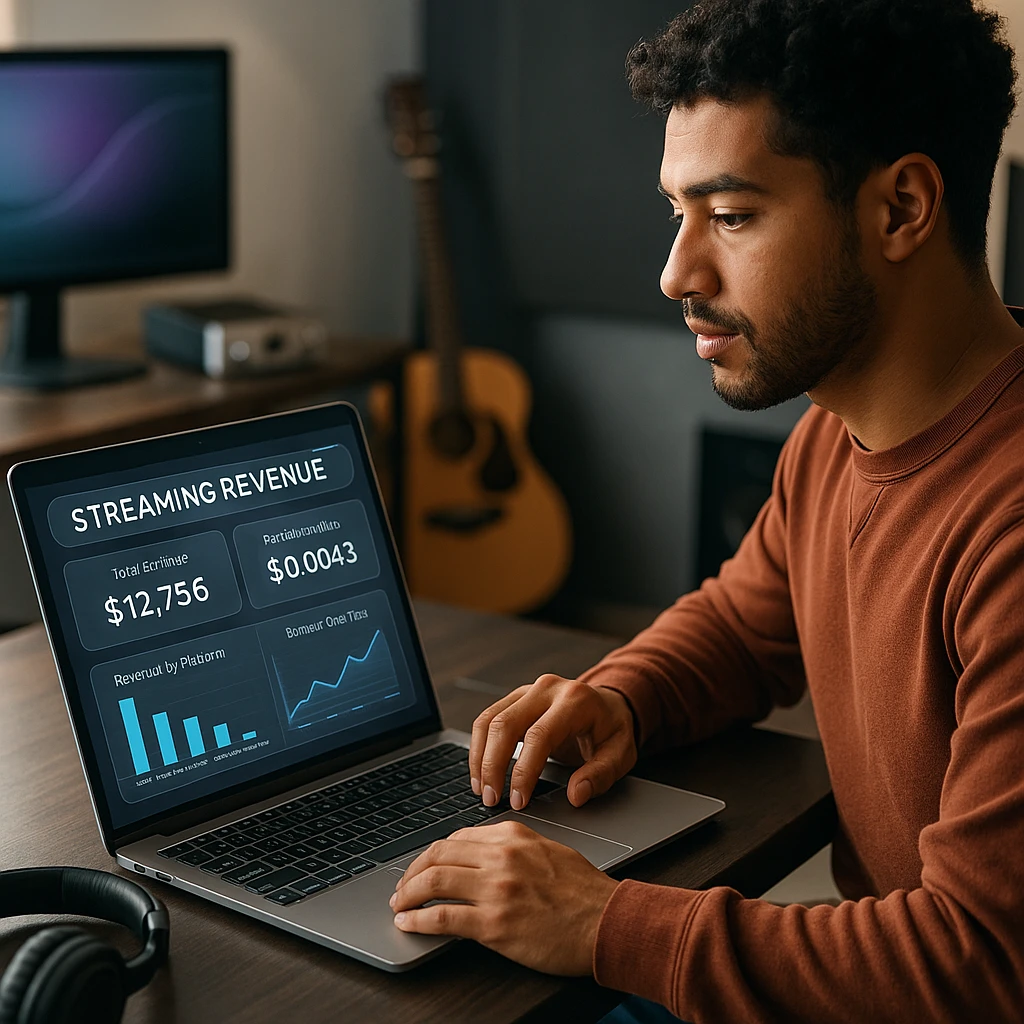
Understanding tidal vs spotify artist pay requires looking beyond simple per-stream rates. The reality of artist income is far more nuanced.
The Power of Volume: Spotify's Reach
While Spotify has the lowest per-stream rate, it has by far the most listeners. A single editorial playlist feature can generate millions of streams.
Example Calculation:
Despite Tidal's higher rate, Spotify's volume generates 6x more revenue in this scenario.
The Value of a Niche Audience
Platforms like Tidal can be very lucrative for artists with dedicated fanbases willing to pay for high-quality audio and ethical streaming.
Strategic Approach:
- • Use Spotify for discovery and audience building
- • Direct superfans to Tidal or Apple Music
- • Maximize income across multiple platforms
According to Music Business Worldwide’s 2025 analysis, successful independent artists typically earn 60-70% of their streaming revenue from Spotify despite its lower per-stream rate, simply due to volume.
For artists documenting their music career journey or creating educational content about streaming royalties, AI note-taking tools can help organize financial data and track earnings across platforms. Learn more about screen recording to capture analytics dashboards for your audience.
The Future: Are Better Payout Models Coming?
The streaming industry is slowly evolving toward more artist-friendly models.
The User-Centric Payment Model
Current Pro-Rata Model
Your $10.99 subscription goes into a giant pool divided by all streams across the platform.
User-Centric Model
Your $10.99 subscription is divided only among the artists YOU listen to.
Platforms Experimenting:
- ✓ Deezer: Testing user-centric payments in France
- ✓ SoundCloud: Launched fan-powered royalties in 2021
- ✓ Tidal: Exploring direct artist payment options
Frequently Asked Questions
Spotify's low per-stream rate stems primarily from its massive ad-supported free tier. With 376 million free users generating significantly less revenue than premium subscribers, the overall revenue pool is diluted. Ad revenue typically generates 10-20x less per stream than subscription revenue.
Additionally, Spotify's pro-rata payment model divides the total revenue pool by all streams on the platform. With the highest total stream count of any service, each individual stream receives a smaller share.
However, Spotify's reach is unmatched. A single viral moment or editorial playlist feature can generate millions of streams, often resulting in higher total earnings than higher-paying platforms with smaller audiences.
From a pure compensation perspective, Tidal is the most artist-friendly major platform, paying approximately $0.013 per stream. Founded by artists including Jay-Z, Tidal was built with fair artist compensation as a core mission.
Apple Music comes in second at $0.01 per stream, with the advantage of having no free tier to dilute payouts.
No, artists typically don't receive payments directly from streaming platforms. The payment chain works like this:
Independent artists using distributors like DistroKid, TuneCore, or CD Baby typically keep 85-100% of streaming royalties after the distributor's fee. Artists signed to major labels may receive only 15-25% after label recoupment and fees.
This is why the per-stream rates discussed in this article represent gross payouts before any splits or deductions.
As of October 2025, Spotify pays between $0.003 and $0.005 per stream on average. The exact rate varies based on:
- Whether the stream came from a free or premium user
- The listener's country (subscription prices vary globally)
- The total number of streams on the platform that month
- The artist's distribution deal and label agreements
Example Earnings:
1,000 streams = $3-5
10,000 streams = $30-50
100,000 streams = $300-500
1,000,000 streams = $3,000-5,000Yes, but with important caveats. Streaming does generate income for artists, but it's not the most efficient support method. Here's a comparison:
| Support Method | Artist Earnings | Efficiency |
|---|---|---|
| 1 Album Purchase | $7-10 | High |
| 1 Concert Ticket | $15-30 | High |
| 1 Merch Item | $10-20 | High |
| 1,000 Spotify Streams | $3-5 | Medium |
| 1,000 Tidal Streams | $13 | Better |
The most effective support combines streaming (for chart placement and visibility) with direct purchases and concert attendance.
Other platforms pay varying rates:
- YouTube Music: ~$0.002 per stream (lowest major platform)
- Deezer: ~$0.0064 per stream (testing user-centric model)
- Pandora: ~$0.00133 per stream (radio-style service)
- Qobuz: ~$0.0044 per stream (audiophile platform)
YouTube Music's low rate reflects its ad-supported model and integration with free YouTube. Qobuz and Deezer offer middle-ground options for conscious consumers.
For musicians creating content about their streaming journey or financial transparency, AI video summarization can help document and share your experiences. Pair this with video editing software to create engaging content about artist compensation.
Conclusion: The Verdict for Consumers and Artists
The question of who pays artists more doesn’t have a simple answer. It depends on your perspective and goals.
Final Recommendations
Choose your approach based on your role in the music ecosystem
Support Artists Effectively
Maximize Your Income
The Bottom Line
Streaming payouts remain a complex issue with no perfect solution. While Tidal and Apple Music offer the highest per-stream rates, Spotify's massive reach makes it essential for artist discovery. The most effective approach combines ethical streaming choices with direct artist support through purchases, merchandise, and live shows. As the industry evolves toward user-centric payment models, we may see fairer compensation in the future.
The streaming economy continues to evolve, with platforms experimenting with new payment models and artists finding creative ways to monetize their work. Whether you’re a consumer wanting to support artists ethically or an artist building a sustainable career, understanding these payment structures is crucial for making informed decisions.
For more insights on music industry trends and digital content creation, explore our guides on Spotify vs Apple Music comparison and learn about creating content from video to document your music journey.
